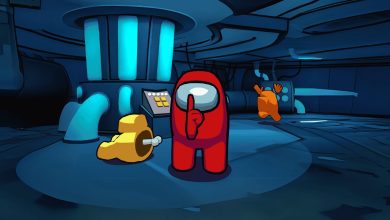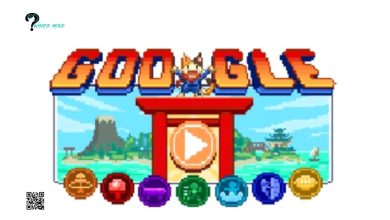Top 10 Unblocked Games Premium to Play in 2023
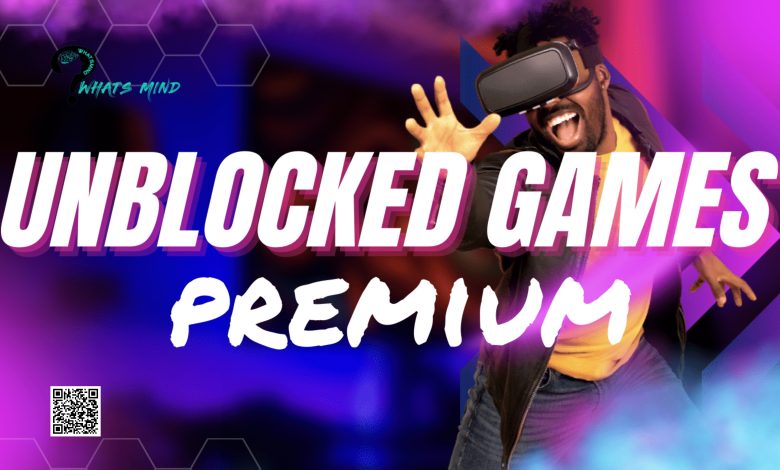
The pursuit of enjoyment and leisure gaming has significantly blossomed over the last few years. Thousands of games have been introduced in the gaming market. Gamers who are bored of the monotonous games that have taken over the world. Unblocked games premium have their share in broadening this industry.
Whether one is searching for a daily grind, amusement for their short breaks in tedious routines, or playing a thrilling game that takes them on a new adventurous journey. For people of all ages, a multitude of gameplay modes is available under the unblocked games premium website to cater to the demands of their audience.
Table of Contents
What’s Unblocked Games Premium?
Unblocked games premium are counterparts of the free unblocked games, however, their premium versions are available to only a few, who have subscribed to various VIP offers. The premium models have numerous features, more games, better gameplay modes, and support for players.
Reputable gaming platforms and websites offer premium features on various deals. Moreover, they also provide an uninterrupted gaming experience without any ads.
Now You Can Earn from Gaming. Here is a Complete Guide on How To Make Money Playing Video Games; 7 Proven WaysTop 10 Unblocked Games Premium in 2023
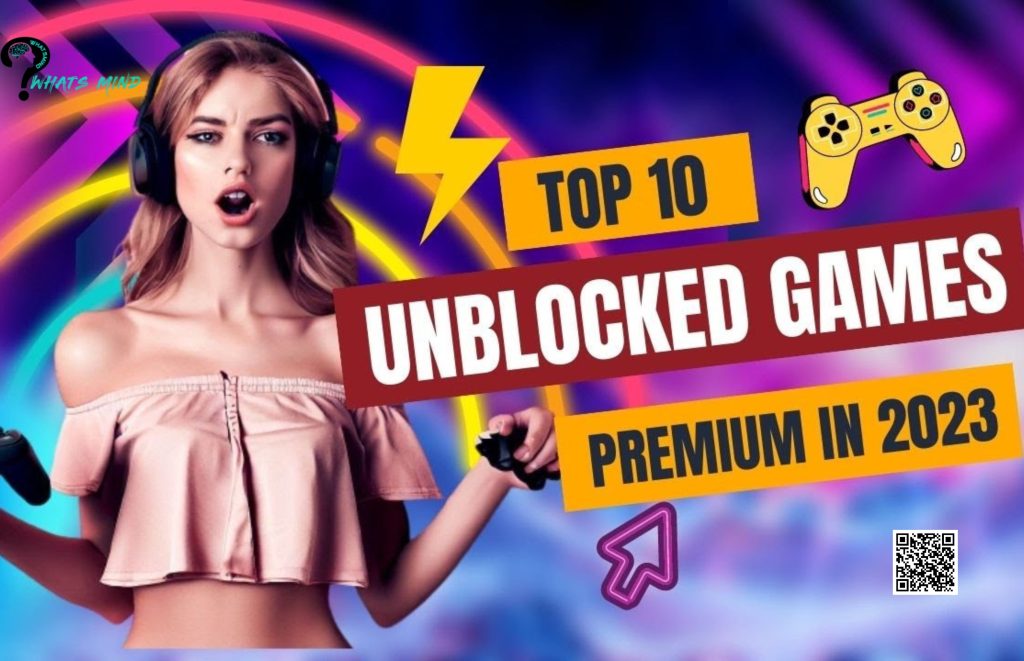
The top 10 premium unblocked games are the following;
Horizon Zero Dawn
Horizon Zero Dawn is a game launched by Guerilla Games, in which the player plays the role of Aloy. Aloy is a hunter exploring his past in an overturned world with machines and combats with machines to uncover the truth.
Critics have praised this game for its aesthetic visuals, the commendable performance of voice actors, vivid storyline, open world, and thrilling combat experience in a post-apocalyptic world. Horizon Zero Dawn is also available on PS4.
For Crazy Gamers We Have Unblocked Games 88: Playing Guide, Popular Games, Safety, Pros and ConsBasketball Shooter
Basketball Shooter is an arcade-style, simple game in which the player has to hit the ball on the screen to make it land in the net to get gold medals. There are limited turns if one fails to throw the ball in the net. Prevision and shooting skills are necessary for this game. Moreover, it’s highly addictive as well due to massive competitiveness.
OvO Game
OvO is an obstacle game in which the player has to follow the given instructions on the screen to move about obstacles. However, the puzzling levels are quite tricky but with constant effort, one can easily manage to clear all the 50 levels.
The instructions are simple, the gamer needs to jump, slide, dodge, or climb on the trails while avoiding fire rockets, moving traps, teleportation portals, and various contractions in reaching the endpoint (huge black flags).
Roblox
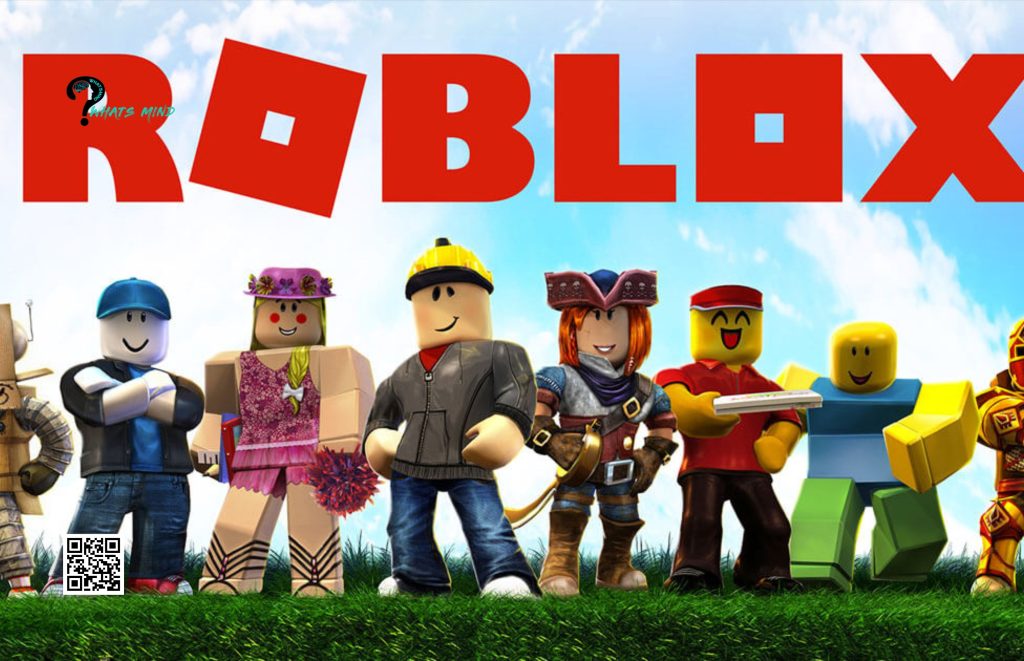
Roblox is a free-to-play game with in-game purchases available that can be utilized through the game’s virtual currency Roblux. The site or the Roblox app allows users to visualize, socialize, converse, play, create, interact, and relate with other players in numerous ways through the platform.
The Roblox Suite permits gamers to generate their own game or create another world with friends or ‘virtual explorers’ to experience different dimensions.
Fortnite
Fortnite by Epic Games is a royale battle game and has various versions in which the player has to shoot down zombies and defend objects with fortifications and traps that can be built during the battle. They can generate different worlds and battle arenas according to their choice.
Fortnite Save the World and Battle Royale; the titles of the games were released after their launch. Fortnite is a famous game in America, with almost every kid under 16 playing it. Fortnite is available on PS4, Windows, Nintendo Switch, and Xbox One.
Minecraft
Minecraft by Mojang Studios was released in 2009, however, it has passed the test of time. Still, millions of players love to play this sandbox game. The game has two modes; survival (acquire resources and maintain health) and creative mode (maintain the world with limited resources and access to flight).
In Minecraft, players explore a blocky, procedurally generated, three-dimensional world with virtually infinite terrain, extract raw materials, craft tools, build structures, develop machines, form earthworks, and compete against other players or hostile groups.
You Can Play Offline Unblocked Games 999: An Entertaining Escape from Online RestrictionsGenshin Impact
MiHoYo launched Genshin Impact on Windows in 2020 and PS5 in 2021. The video game is based on anime style and role play. Genshin Impact encompasses a vivid storyline of a girl or boy who has landed in a world and gets separated from their sibling.
Arther or Lunine embark on their journey to find their twin sibling in this new world with the help of a fairy guide Paimon. To find their sibling, the player faces various trials, help the people of this world, make friends, know their Gods, and battle with various villains.
Garena Free Fire
Garena Free Fire is a shooting game in which the player lands in a different region and has to shoot other players. The last living gamer on the battlefield will win. The most kills decide the score or rank of the gamer. There are various other features in the game that the player can discover in this No. 1 shooting game.
Pubg
Pubg is a No. 1 royale shooting game with over 1 billion worldwide active players. Like Free Fire, Pubg also has similar gameplay modes with battle regions, shooting tools, battle teams, and threat zones. Pubg mobile game is developed by the Korean game developing studio of Krafton and Chinese Tencent gaming developers.
Honkai Impact
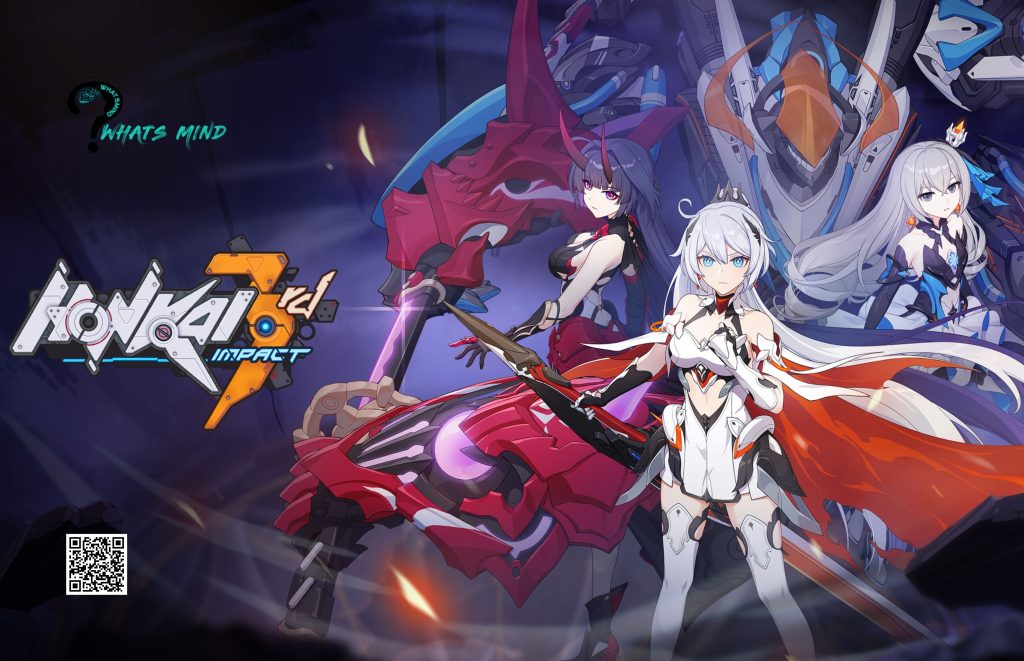
Honkai Impact has two variants; Honkai Impact Rail and Honkai Impact 3 under the MiHoYo gaming studio. Honkai Impact has a vivid storyline in a machine-overturned, post-apocalyptic world where the player has access to various characters, weapons, and regions to battle with villainous machines or corrupted creatures.
The battling arena of Honkai is relatively easier than Genshin Impact. One can also autoplay the battles on Honkai as well, whereas building resources and characters to battle in Genshin impact is an extremely serious task.
Features of Unblocked Games Premium
Various advanced features come with a premium subscription. The notable ones among them are;
- Premium versions provide ads free, unhinged experience with a cleaner.
- Exclusive content is available to premium users, they get access to various games, features, and content earlier than other users. Moreover, they also leisurely play games that aren’t available for free on the website.
- Browsing and loading of games becomes faster. Hence, one doesn’t need to waste time while the game is loading. It not only saves time but also provides smoother gameplay.
- Premium versions usually have satisfactory features like improved graphics, multiplayer mode, and customization options.
One can play them at online gaming stores or gaming websites that offer unblocked premium games. One doesn’t need to toil much for them, as they’re easily accessible.
Are Unblocked Games Premium Free to Play?
Unblocked Premium Games are not free if the player wants to have access to in-purchase items, deals, weapons, or other features. Hence, the premium versions of the gamers are not relatively free. However, one can play these games for free as well with their free gameplay features.
Which one is your favorite Unblocked games premium, let us know in the comments.
For more info visit Whatsmind.com


